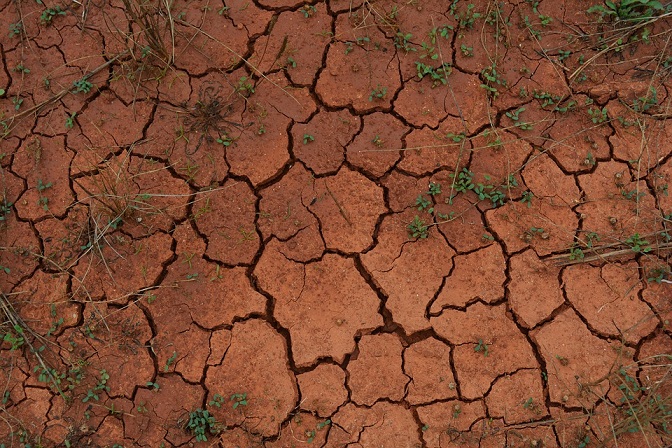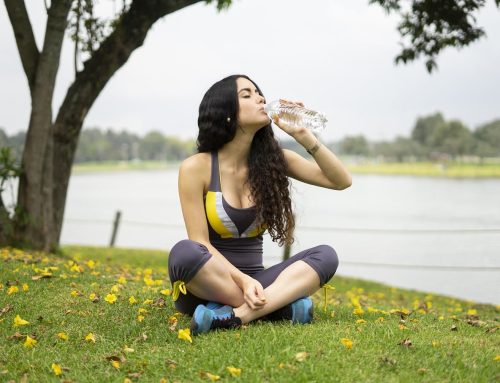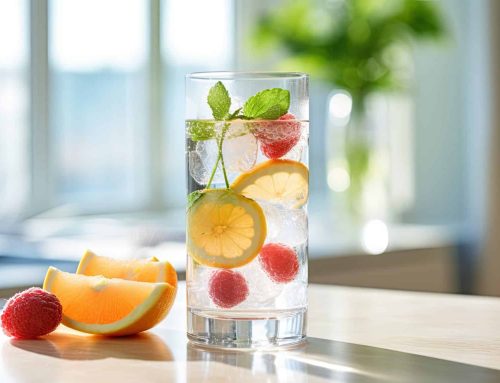 Zimbabwe is just one of the Southern African Development Community (SADC) region that is experiencing the worst drought in decades, and in Zimbabwe’s case it is the third drought since 2013.
Zimbabwe is just one of the Southern African Development Community (SADC) region that is experiencing the worst drought in decades, and in Zimbabwe’s case it is the third drought since 2013.
Harare, Zimbabwe’s capital city is sitting with a major water crisis due to the fact that the water levels in its main reservoir, Lake Chivero, are very low and it cannot keep up with the water demand for domestic and agricultural use.
The city cut its already inadequate household water supply by 18% to a mere 450 million litres a day late last year. This is barely 50% of the daily fresh water needs for the area, and resulted in thousands of residents being left without potable water for drinking and personal hygiene purposes.
The locals in the area remember all too well the 2008-2009 cholera crises that started in Harare and spread like wildfire, killing around 4,000 in the city and a further 100,000 more across the country. Chivero’s capacity has shrunk by one fifth over the last 60 years, according to the Environmental Management Agency, making things even worse.
Chivero was only 40% full late 2015, then fortunately a good bout of rain brought the level up to around 70%, according to the Zimbabwe National Water Authority. Unfortunately the volume of water in the lake is not the only problem causing water shortages in the capital city; the lake is also heavily polluted with raw sewage and industrial chemical waste, and well as pesticide and fertiliser runoff from urban farming.
According to a 2014 ministerial committee report, Harare pumps 3,885 megalitres of raw sewage into Lake Chivero every month, which is causing a lot of the pollution in the lake and this, in conjunction with the drought is causing the sporadic outbreaks of typhoid in Harare as well as other water-related illnesses that lead to the deaths of many children under the age of 5 every year.
Rent watercooler and bottled watercooler in London for your house and office. Buy water coolers online and get water cooler delivery from living-Water.





